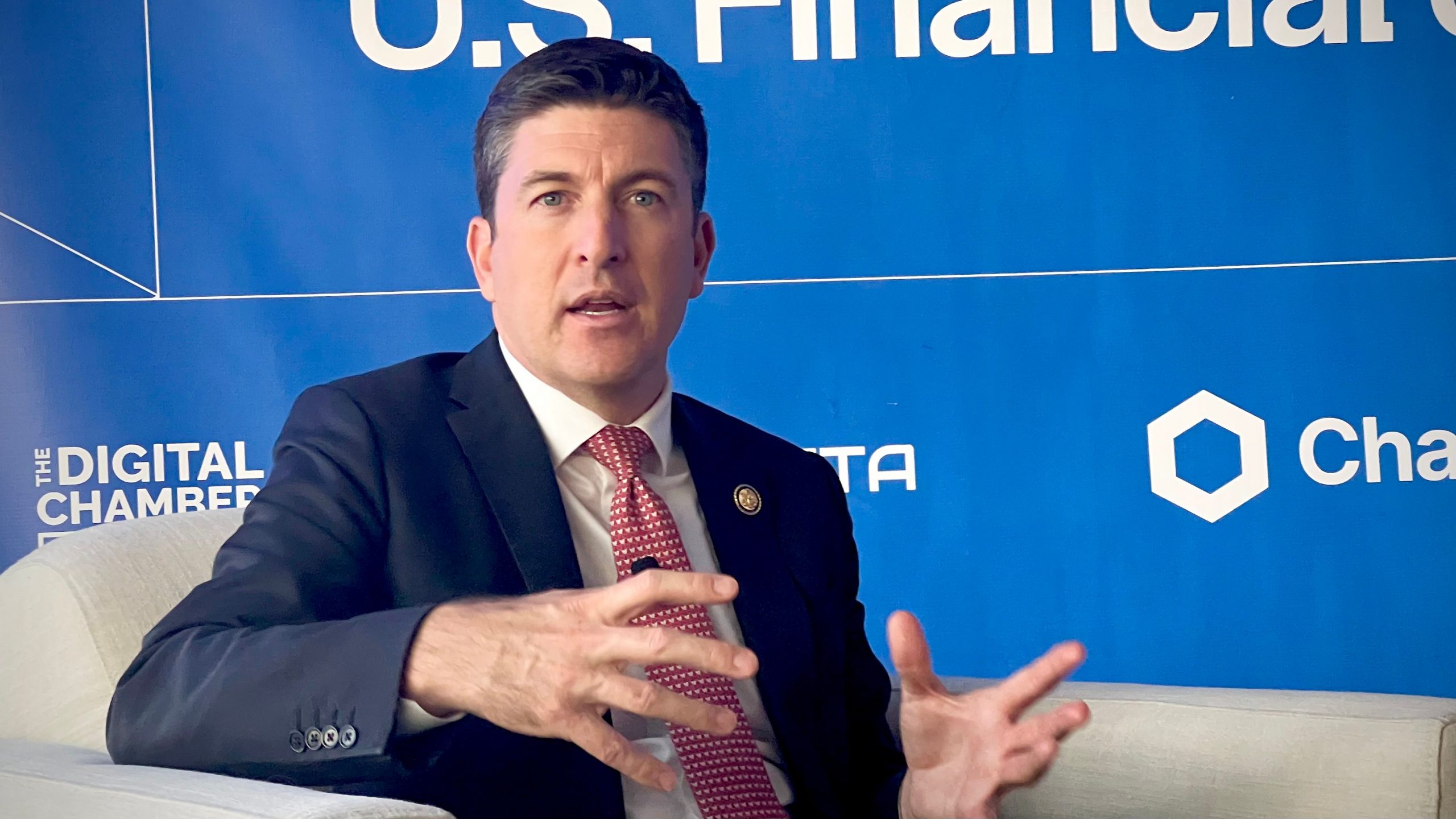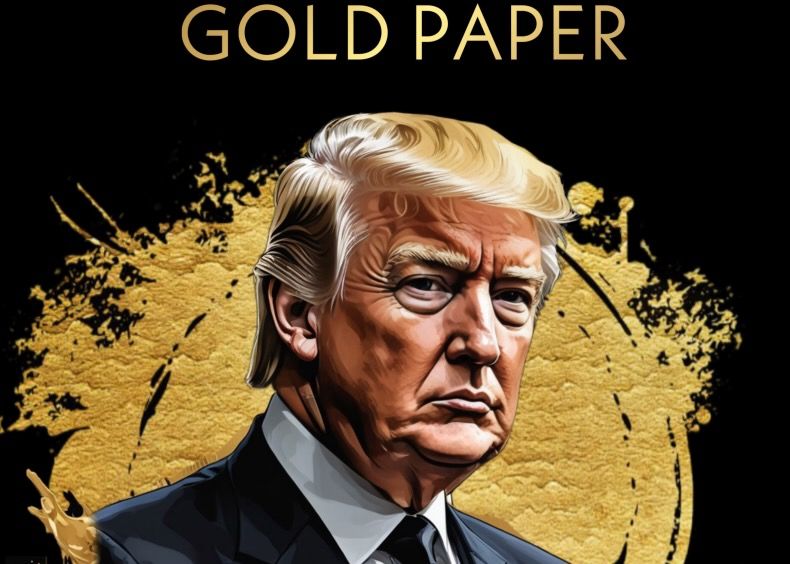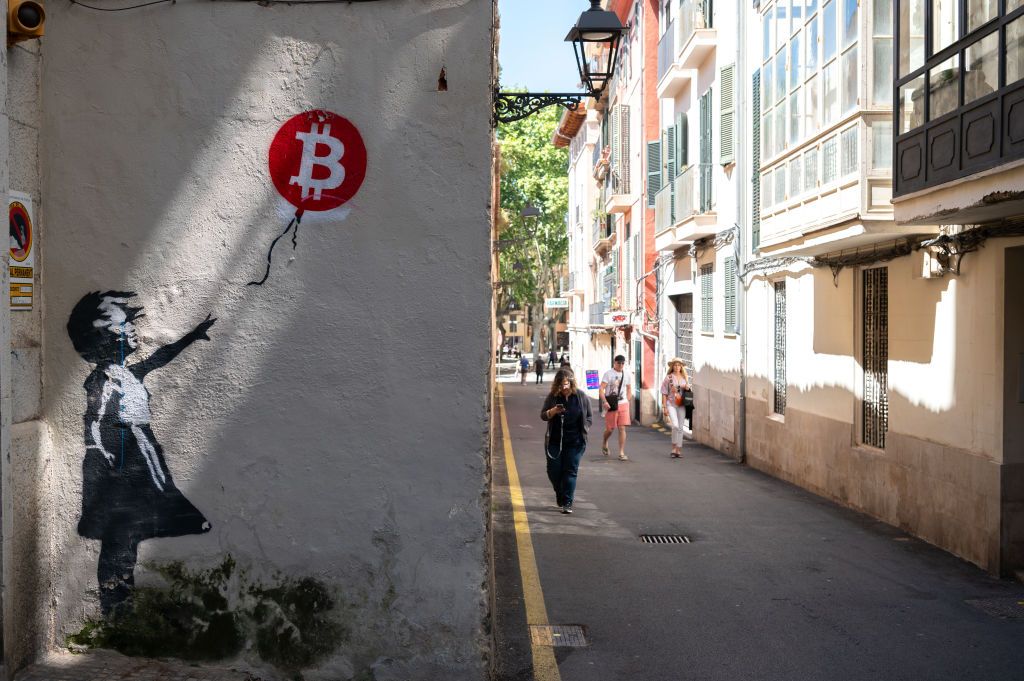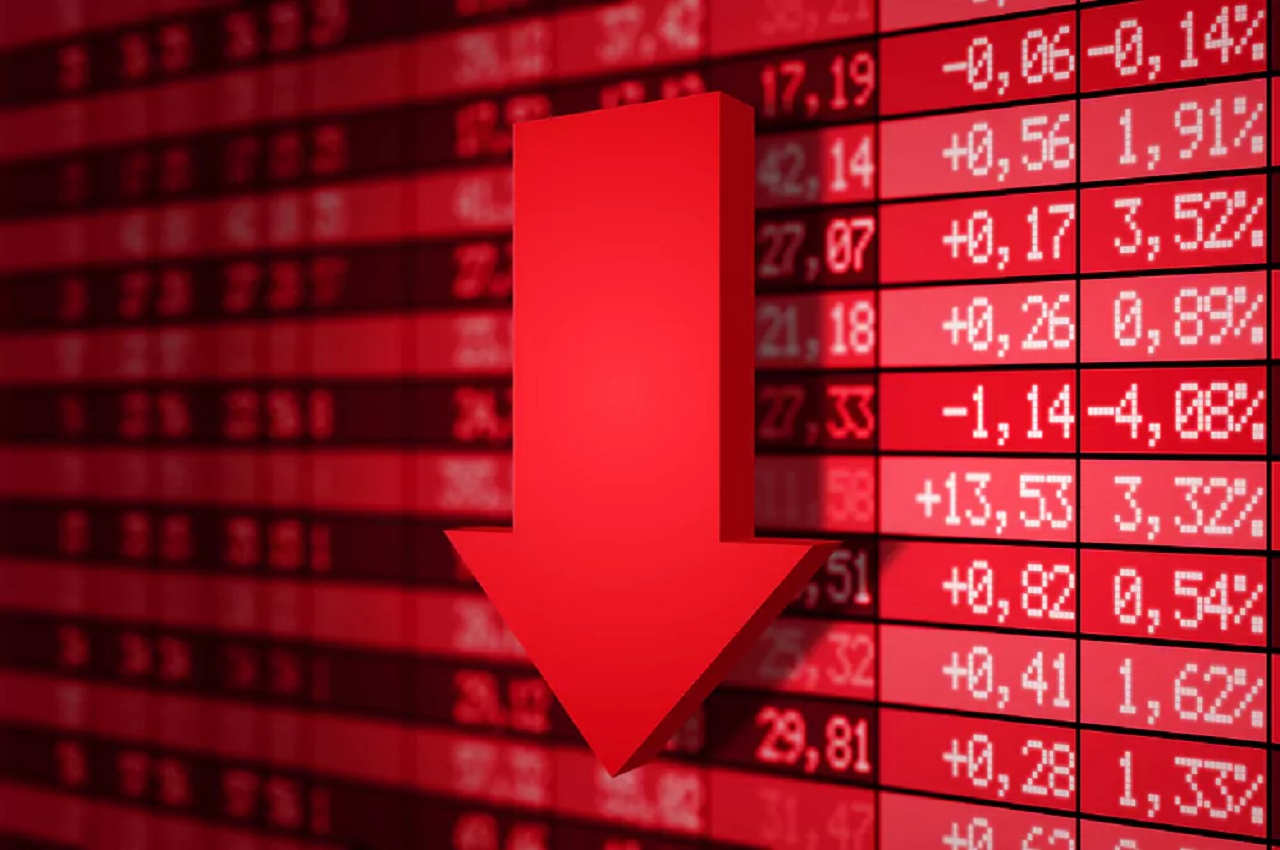Investing in Crypto Hedge Funds: A Golden Opportunity
There has never been a more opportune moment to invest in crypto hedge funds. This perspective comes from Chris Solarz, the Chief Investment Officer of Digital Assets at Amitis Capital, a firm that specializes in managing a fund of funds focused on cryptocurrencies. In a recent interview with CoinDesk, Solarz stated, “This is the golden age for crypto hedge fund investing.” He elaborated that the convergence of various favorable factors—such as market dynamics and technological advancements—creates a unique environment for investors. “The potential of blockchain technology is immense, and the scarcity of exceptional money managers in this space makes it feel like I’m shooting fish in a barrel when it comes to selecting winners.”
According to Solarz, the crypto markets are still relatively nascent, allowing money managers to apply traditional trading strategies that were effective in the early days of hedge funds, approximately 35 years ago. Back in 1990, there were only 127 hedge funds managing around $39 billion. Fast forward to 2024, and those figures have exploded to over 10,000 funds managing $5 trillion in assets. This dramatic growth has made the sector increasingly competitive, making it challenging to consistently outperform the market.
Solarz argues that the current crypto sector, which comprises roughly 1,650 hedge funds managing $88 billion in assets, is approximately ten times less competitive than its traditional counterparts. As a result, money managers can revisit and adapt strategies that have become obsolete in traditional finance due to market saturation. “In my interactions with 20 crypto managers, I find that 19 of them lack the qualifications to manage money effectively,” Solarz remarked. “Many are inexperienced and may simply advocate for investing in Bitcoin, Ethereum, and Solana. I question why I should pay them a 20% fee for something I could do myself or invest in through an ETF.”
Solarz believes that the crypto sector will continue to present asymmetric opportunities for money managers until the technology is thoroughly integrated into the broader financial landscape. As Solarz points out, nobody identifies themselves as working for dot-com companies anymore; every firm has absorbed those digital identities. The expectation is that, at some point, discussions about crypto will fade into the background as it becomes inherently intertwined with the financial system—perhaps when Bitcoin’s market capitalization aligns with that of gold, which Solarz predicts could occur within the next decade.
No More Altcoin Seasons
When assessing funds for potential allocations, Solarz categorizes them into three main types: venture funds (which provide capital to startups), liquid directional funds (which speculate on market movements), and liquid market neutral funds (which aim to profit regardless of market direction). In the realm of liquid directional funds, Solarz prioritizes the manager’s investment process and risk management over the specific investment theses they may propose. He emphasizes the importance of understanding their investment strategy: Is it repeatable? How do they approach macroeconomic factors? He integrates performance data into models to ascertain the value a manager adds to their fund.
“While it’s straightforward to avoid significant losers, identifying consistent winners is much more challenging,” Solarz explained. “If something seems off or I question a manager’s investment process, I can easily choose to pass. However, there’s always an element of luck involved in being the top performer year after year.”
This thorough evaluation is crucial because the era of simultaneous price increases across all cryptocurrencies—often referred to as “altcoin seasons”—is likely behind us. According to Solarz, the crypto ecosystem currently comprises about 40 million tokens, and he anticipates that 99.99% of them will ultimately become worthless. “There are only about 100 tokens that are genuinely worthy of discussion,” he stated.
Solarz contends that the crypto market will require an influx of at least $300 billion over the next three years to maintain current price levels. This necessity arises from substantial token unlocks scheduled to weigh heavily on the top 100 tokens. He noted that the liquid token market available for hedge funds is around $30 billion, while retail traders have shifted their focus to memecoins. Essentially, there is currently a lack of buyers to absorb the impending supply, leading to what he refers to as an overhang. “This overhang is why we are unlikely to see a general altcoin bull market for some time,” he concluded.
Exploring Market Neutral Strategies
Historically, there has been a significant disparity in capital allocation to crypto venture funds compared to liquid funds, with five times more money flowing into venture capital than into all combined liquid crypto funds. Solarz suggests that this trend is partly due to the ease of masking mark-to-market losses in venture investing from investment committees. This dynamic is one of the reasons why Amitis Capital sees greater opportunities in liquid strategies. To date, Solarz has allocated capital to 14 different funds: three are venture capital funds, four are liquid directional funds, and seven are liquid market neutral funds.
“While it may sound a bit flippant, at the institutional level, the primary objective is to avoid losses, whereas family offices like ours are focused on compounding returns,” Solarz remarked. “If a venture capital opportunity appears extraordinary, I will consider investing, but the criteria for locking up capital for 10 years are significantly more stringent.”
Market neutral strategies remain highly profitable, according to Solarz. For instance, traders exploited price discrepancies on South Korean exchanges back in December when President Yoon Suk Yeol declared martial law, triggering a regional crisis. South Korean investors, in a state of panic, sold their assets, creating price disparities that savvy funds could capitalize on. Another prevalent strategy involves benefitting from the funding rates associated with perpetual contracts. Institutional investors often short a cryptocurrency while securing spot exposure simultaneously, allowing them to maintain a market-neutral stance while earning interest on the perpetual contracts, which can sometimes yield annualized returns of up to 30%. “In this category, variations of these strategies are still generating double-digit returns consistently,” Solarz concluded.







